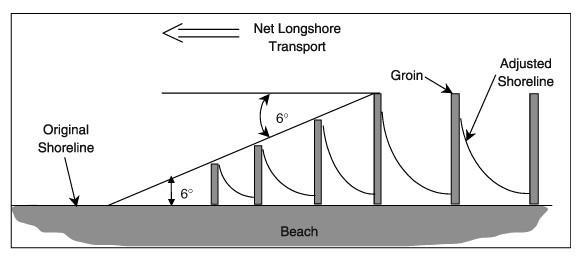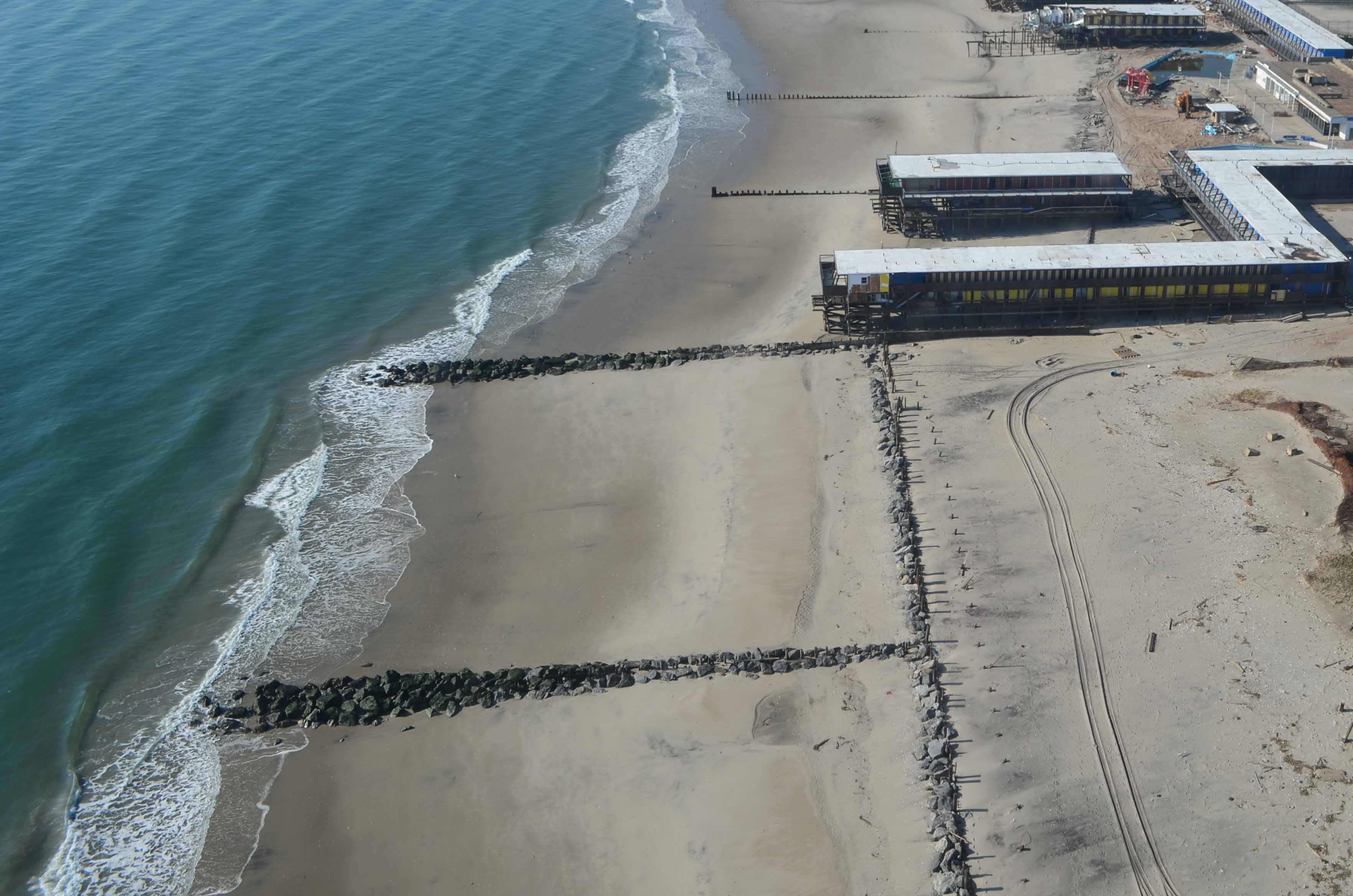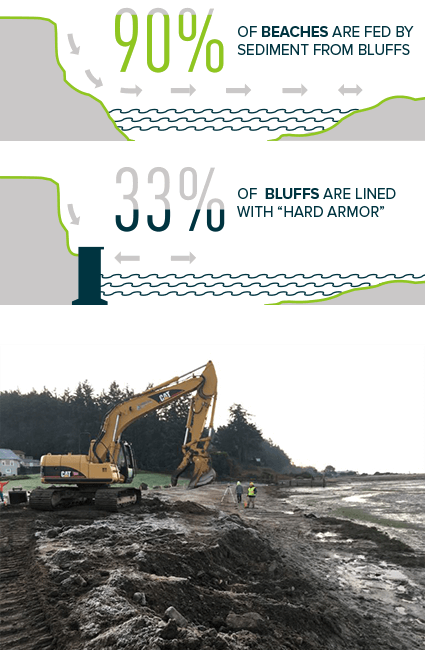10 Simple Techniques For Shore Protect Team
Table of Contents4 Simple Techniques For Shore Protect TeamAn Unbiased View of Shore Protect TeamSome Of Shore Protect TeamSee This Report about Shore Protect TeamThe Definitive Guide for Shore Protect TeamSome Known Incorrect Statements About Shore Protect Team Indicators on Shore Protect Team You Need To Know
Decrease in residential property value: As the location tourism is impacted by disintegration, so then is the economy. Buyers are much less most likely to browse for a beach home that might be damaged at any type of moment by the impending flooding and erosion emergency. In turn, residential or commercial property value can drop profoundly and affect the entire region.Whether a coastline is just small and jampacked or needs to shut completely for the safety and security of the community and close-by properties, this greatly impacts tourist. In turn, local economies are influenced (https://www.domestika.org/en/shrprtcttm). Danger of injury: The boosted threat of flooding and structural failings triggers an increased danger of injury to close-by travelers and neighborhood members

Coastline stabilization is straight relevant to their job. Waterside resorts: Since shoreline disintegration impacts tourist, it affects the success of beachfront resorts.
Some Known Factual Statements About Shore Protect Team
Coastal industrial businesses: No travelers means no organization. Coastal state parks: State parks that exist along shorelines are at risk of damage.
Soft stabilization is a much far better solution for the setting and more sustainable overall. Hard stabilization uses manufactured structures as protection to regulate disintegration. Typically, these frameworks are mounted at ideal angles or alongside stop sand activity and lessen the force of waves. Many forms of tough stablizing like seawalls and sheet metal are not excellent for shoreline stablizing.
The Ultimate Guide To Shore Protect Team
There's also not adequate proof of their effectiveness depending on the sort of shoreline and neighborhood conditions. Difficult stablizing strategies often tend to be harder to set up and don't match the natural visual, standing out like an aching thumb and harming neighborhood communities in several circumstances. Beach nutrition is the procedure of including shed sand and debris back to beaches after disintegration has actually taken place.
TrapBags aid in the process of beach sustenance by shielding natural ecological communities and allowing plants to expand. While this procedure can be expensive and is not long-term, the pros have a tendency to outweigh the cons. TrapBag obstacles offer several properties that make them ideal for seaside and riverbank erosion defense. They're: Eco-friendly: You can use indigenous dirt both to surround and to load the TrapBags.

Excitement About Shore Protect Team
Easy to install: Relieve of installment suggests TrapBags can be deployed promptly in the event of an emergency. They can also be mounted with no heavy equipment. Economical: TrapBags are suitable for both small and big areas of shoreline. They provide a cost effective option to cover tasks of any kind of dimension.
Integrated with a high building price, this has actually brought about increasing usage of other soft engineering coastal monitoring alternatives such as beach replenishment. Seawalls are built from various materials, most typically reinforced concrete, boulders, steel, or gabions. Other feasible building and construction products include vinyl, timber, aluminum, fiberglass composite, and eco-friendly sandbags made of jute and coir. The proper seawall style depends on location-specific facets, including bordering disintegration procedures. There are three major kinds of seawalls: vertical, curved, stepped, and piles (see table listed below). A record published by the United Nations Setting Program (UNEP) suggests that the tsunami of 26 December 2004 caused much less damage in the areas where all-natural barriers existed, such as mangroves, coral reefs or seaside plant life.
All-natural barriers, such as coral reefs and mangrove woodlands, protect against the spread of tidal waves and the circulation of coastal waters and alleviated the flooding and surge of water. A cost-benefit approach is an efficient means to identify whether a seawall is suitable and whether the advantages are worth the cost.
The 4-Minute Rule for Shore Protect Team
A seawall is a static feature which can contrast with the dynamic nature of the shore and restrain the exchange of debris in between land and sea. The table listed below summarizes some favorable and unfavorable results of seawalls which can be used when comparing their effectiveness with various other coastal administration options, such as coastline nourishment. [] Advantages and negative aspects of seawalls according to Short (1999) Benefits Downsides Long-term option in contrast to soft beach sustenance.

This can trigger beaches to dissipate, providing them useless for beach goers. Usually, seawalls can be an effective method to regulate seaside erosion, but only if they are built well and out of products that can stand up to the pressure of recurring wave power. Some understanding is required of the seaside processes and morphodynamics particular to the seawall area.
Facts About Shore Protect Team Uncovered
Incorporated with a high construction price, this has actually resulted in enhancing use of other soft design coastal administration options such as coastline replenishment. Seawalls are constructed from different materials, a lot of commonly strengthened concrete, rocks, steel, or gabions. Various other feasible construction products include plastic, timber, aluminum, fiberglass composite, and biodegradable sandbags constructed from hemp and coir. The proper seawall layout depends on location-specific elements, including bordering erosion procedures. There are three primary types of seawalls: vertical, rounded, tipped, and mounds (see table listed below).
All-natural barriers, such as coral reefs and mangrove forests, stop the spread of tsunamis and the circulation of seaside waters and mitigated the flood and rise of water. A cost-benefit method is a reliable way to establish whether a seawall is appropriate and whether the benefits are worth the expenditure.
10 Simple Techniques For Shore Protect Team
A seawall is a static feature which can conflict with the vibrant nature of the coast and restrain the exchange of debris between land and sea. Advantages and disadvantages of seawalls according to Short (1999) Benefits Drawbacks Lengthy term remedy in contrast to soft beach nourishment.

This can create coastlines to dissipate, rendering them ineffective for coastline goers. Typically, seawalls can be a successful method to manage coastal disintegration, but just if they are constructed well and out of materials that can withstand the force of recurring wave power.